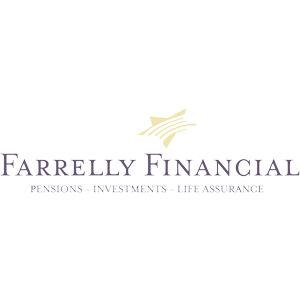Investments
An investment fund is where a considerable number of investors pool their money in order to invest in a diversified range of assets managed by a professional investment manager. Investment funds vary by what the particular assets the fund invests in, for instance, shares in top multinational companies, commodities, large commercial properties or fixed-interest securities issued by corporations and governments. Some funds invest in just one type of asset, while others invest in a range of assets. For example, an equity fund only invests in shares. However, mixed funds, or multi-asset funds, invest in a mix of shares, property, and fixed-interest securities.
The investor decides which type of fund to invest in based on the assets it holds and its risk rating. A fund manager will make decisions regarding the buying and selling of assets and rebalancing of fund in order to remain within a risk rating.The investor decides which type of fund to invest in based on the assets it holds and its risk rating. A fund manager will make decisions regarding the buying and selling of assets and rebalancing of fund in order to remain within a risk rating.


There are two main management styles:
Active Management
where the investment manager endeavours to outperform the benchmark against which the fund is measured. Restrictions may be placed on the manager in relation to risks that can be taken by the fund.Passive management
where the investment manager aims to achieve average market returns at a lower cost than active management. It can accomplish this by index tracking, where the fund aims to track a specific stock market index.Benefits of Investment Funds:
Investment Mandate
Each fund will have an investment mandate that will state the investment objective of the fund and how this objective will be achieved for example, through passive or active management or combination of both. It will state whether there are any restrictions on investment i.e., the percentage of fund that can be invested in equities.
Unit or share value is based on the net asset value of the fund at the time and will rise and fall in line with the fluctuating value of the funds’ investments, hence the value of your investment may rise and fall.
Talk to Farrelly Financial about how best to structure and diversify your investment portfolio in keeping with your tolerance for risk.


Tracker Bonds
These bonds typically lock up a lump sum for a term of about five years. At the end of the term you are usually guaranteed to get back at least what you invested (or a high percentage of what you invested), together with a bonus related to the growth, if any, in one or more stock markets or in the shares of certain large multinational companies. If the particular stock market or shares that the bonus is linked to do not increase in value over the term, there is no bonus payable at maturity and in this case, you would get back the guaranteed capital sum only, which would typically be the amount you invested.Structured Products
These are financial instruments that can be used by investors to benefit from price movements in certain underlying assets, often with only a relatively small investment. They can be used to benefit from an increase or decrease in the underlying asset. Examples of underlying assets include individual stocks, indices, commodities, or currency pairs.The leverage of a structured product indicates the percentage by which the value of the product will move if the underlying asset moves by 1%. All structured products have a Key Information Document (KID). This three-page document describes the characteristics, risks, and costs of the product. All of these elements can differ per product.
The Employment & Investment Incentive (EII)
The Employment and Investment Incentive (EII) is a tax incentive which provides for tax relief of up to 40% in respect of investments made in certain corporate trades. The EII allows an individual investor to obtain income tax relief on investments for shares in certain companies up to a maximum of €150,000 per annum in each tax year. The minimum investment in any one company in a tax year is €250.This does not apply in relation to investments through investment funds designated for the purposes of the incentive where there is no statutory minimum.
A married couple/civil partnership can split this minimum investment to €125 each. The maximum investment in a tax year by an individual is €150,000, which can be invested in a number of companies. If this amount cannot be relieved in a tax year due to insufficient income, any amount unclaimed may be carried forward until it is fully utilised. A married couple/civil partnership can each obtain individual relief on an investment of €150,000 provided each spouse has sufficient taxable income to absorb the amount of his/her investment.
Talk to Farrelly Financial about how best to structure and diversify your investment portfolio in keeping with your tolerance for risk.


